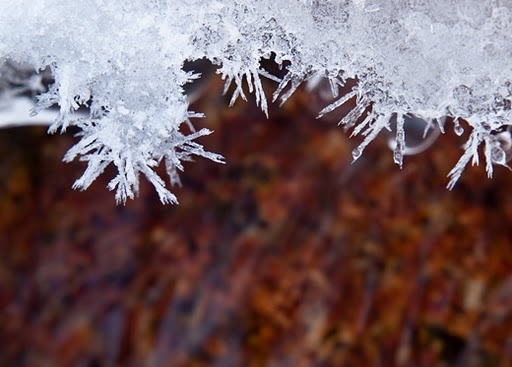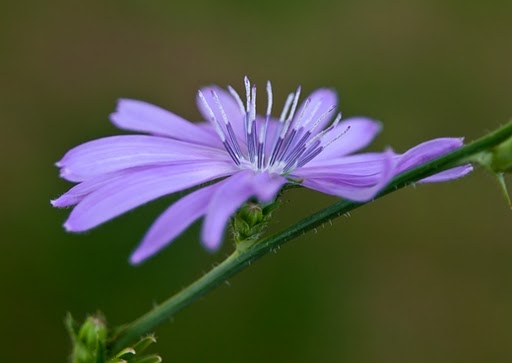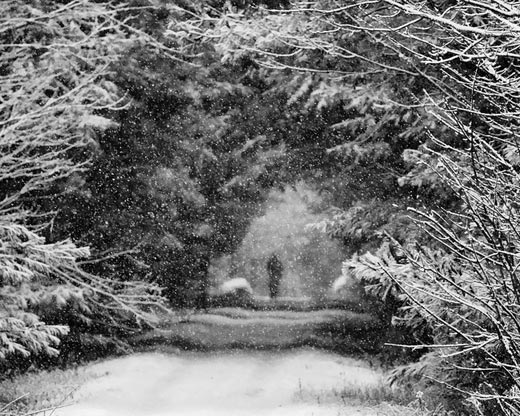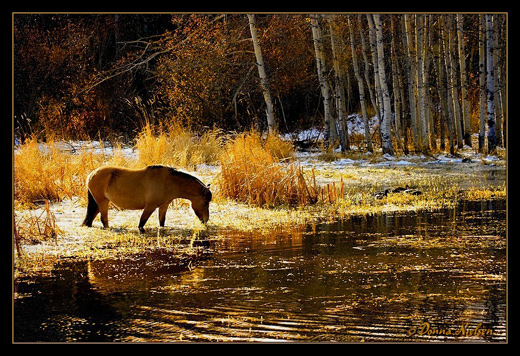Every month on our photography forum members nominate images that they like. Then at the end of the month I choose an excellent image and talk about why it rocks. The photo I choose is not necessarily the best one of the month. I’ve come to realize it’s not really logical to pit images from totally different genres against each other. That’s why there are categories in photo contests. I just choose a photo that has extremely strong elements that we can learn from.

Junk Yard Cat by Barefoot
This month’s choice is Junk Yard Cat by Barefoot
I chose this image for several reasons:
Mood — Lighting — This image has a great mood due to the wonderful lighting. The lighting is on the low key side and it’s totally working for me here. Even though the lighting is low-keyish there’s still quite a bit of delicious shadow detail.
Good suggestion of a story — This is also related to the mood but it looks to me like this car is in an old garage or barn. The car is also way old with loads of rust but it still serves a purpose, it’s not dead yet. It serves as a potential favourite resting spot for the cat.
Subtlety — Mystery — Surprise — I love the fact that my eye did NOT go straight to the cat in this shot and this is due to the fact that the bright circular thing on top of the headlight at right is the first thing we look at. I love that. Had the cat been brighter, the shot would have been more about the cat and our eye would have gone straight for the cat. This way, we get a better surprise when we notice the cat.
Composition — I dig the repeating circles and lines in this image as well as the point of view from which the image was taken.
For all these reasons, this is my choice for image of the month. Since we all have opinions, some members may disagree with my choice. That’s cool but THIS thread is not the place for debate over my pick, NOR is it the place to further critique the image. The purpose here is to suggest strong elements in the photo that we may learn from.
Congrats again Barefoot for seeing and capturing this wonderful scene!






 ’ the falling snow here. A good exposure keeps the whites in check and offers up wonderful tonality with a good range of tones. If I have 1 teeny niggle I might burn in the lightest branches at top right by maybe 5%.
’ the falling snow here. A good exposure keeps the whites in check and offers up wonderful tonality with a good range of tones. If I have 1 teeny niggle I might burn in the lightest branches at top right by maybe 5%.

![Rayography [Kiss] - Man Ray 1922 Rayography [Kiss] - Man Ray 1922](http://www.photography.ca/wp-content/uploads/2011/01/man-ray1.jpg)






